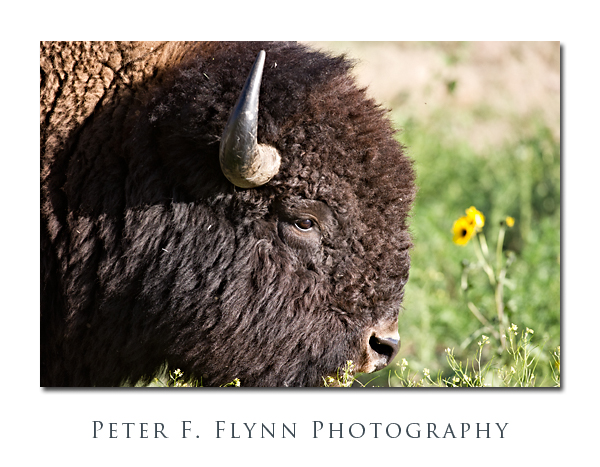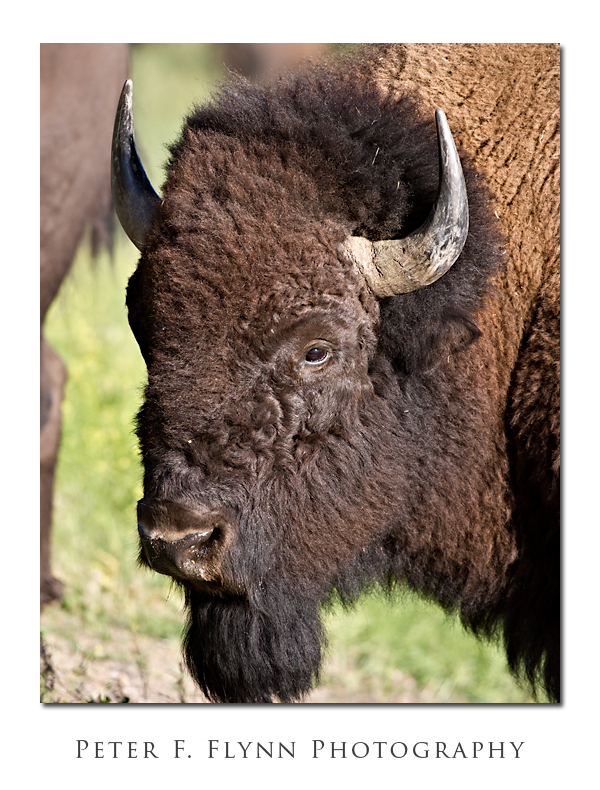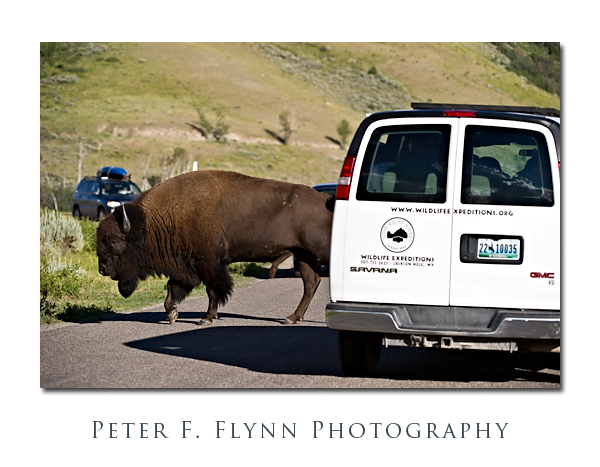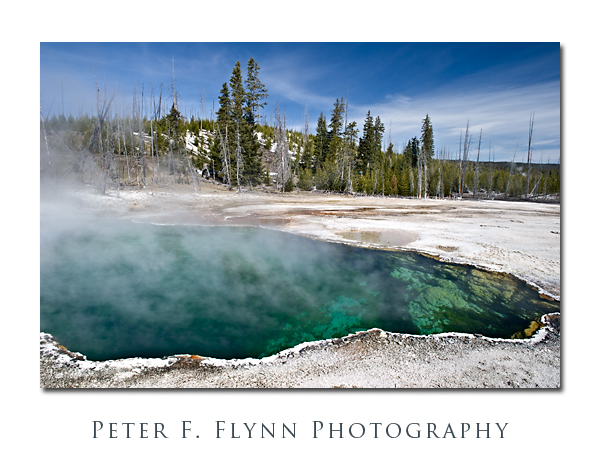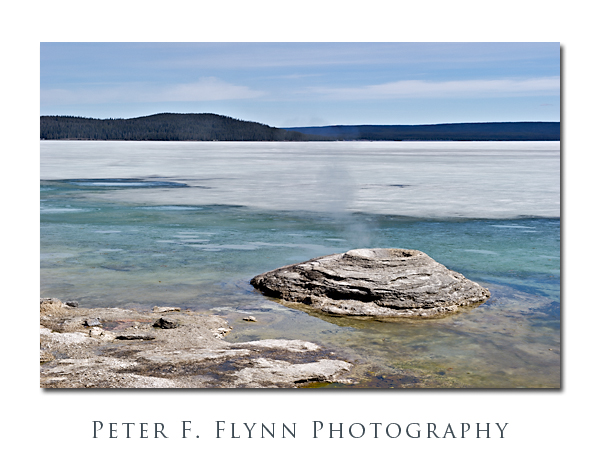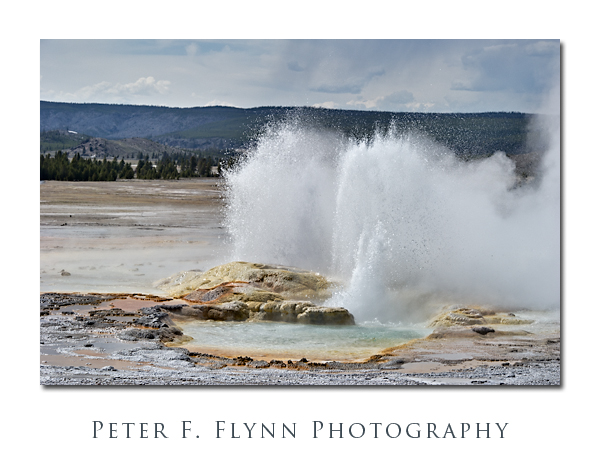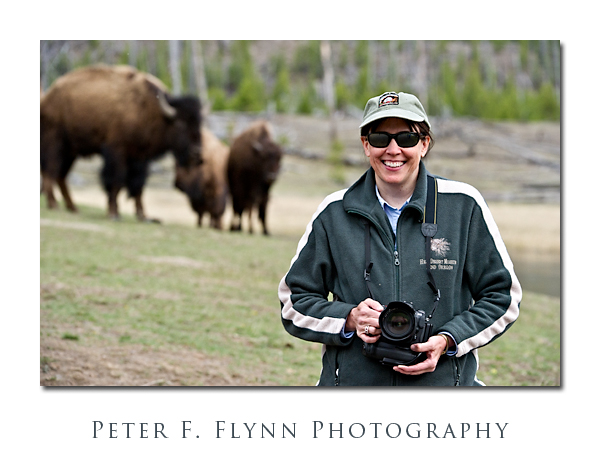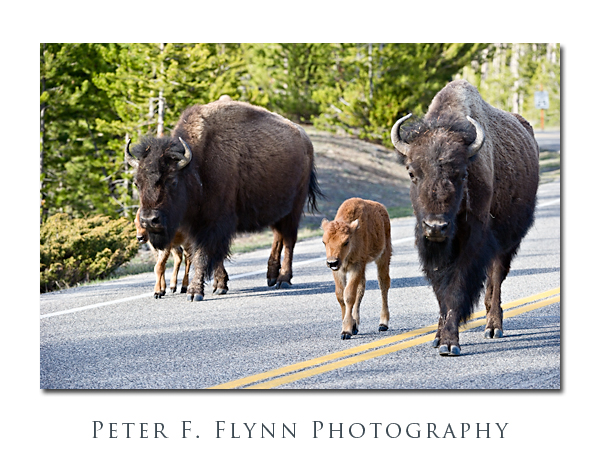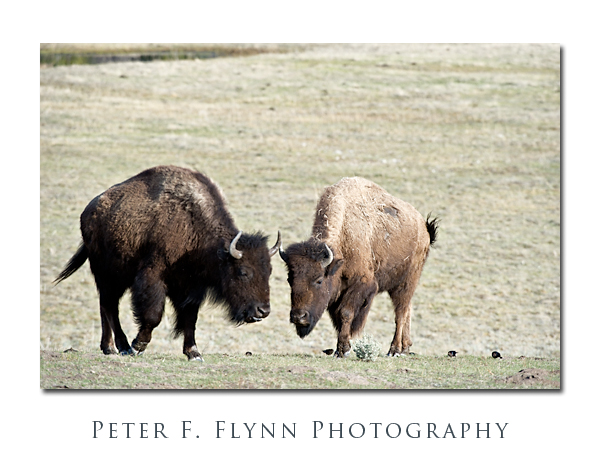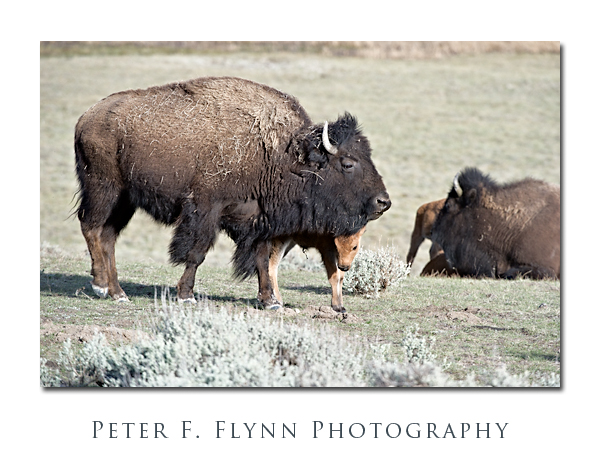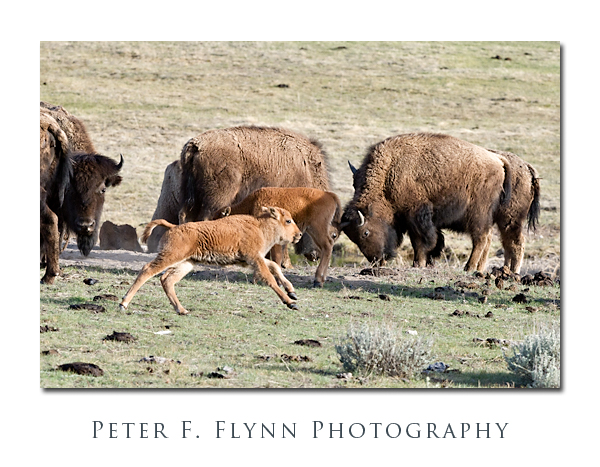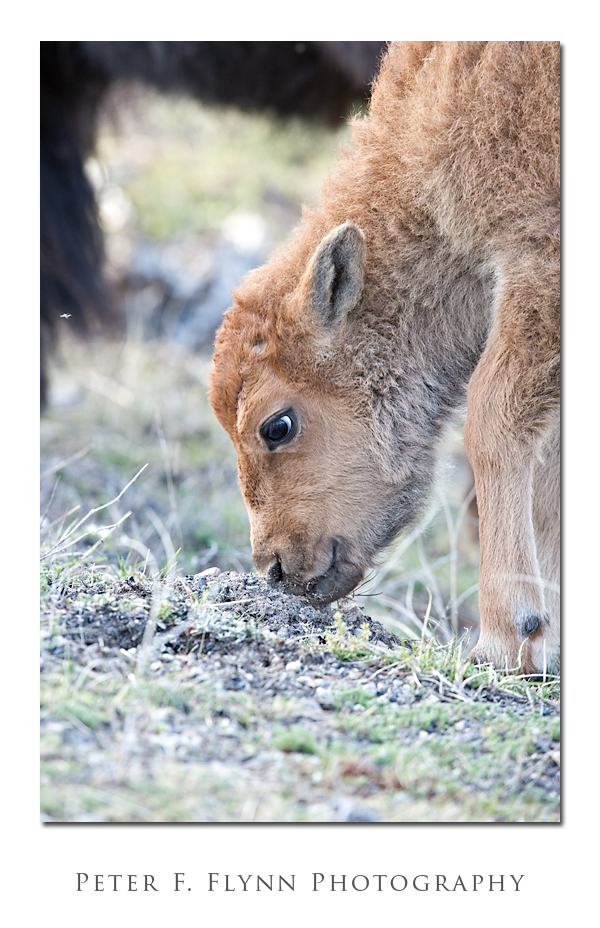Grand Teton National Park, WY, USA. Bison bison bison, is the American Buffalo. To the HP and the Dude, they are the Buff or Buffs, as in ‘Watch out, there’s some Buffs in the roadway ahead there’. They are lovely and noble beasties – and as such they make naturally captivating photographic targets. Bonus: they typically move relatively slowly, and moreover sort of predictably, across grassy meadows, which aids in making acceptable captures.
Grand Teton is one of our favorite Parks. It’s a high-density experience, with transparent geological beauty and abundant wildlife all mixed together in the Teton Valley (Jackson Hole properly) – not a lot of space all-in-all. The Bison herd that appears in this entry were photographed along the Antelope Flats Road. Antelope Flats lies about 2 miles east of US 26/89/191 – the main north-south roadway through the park – from the junction that is north of the Moose Junction, but just south the Blacktail Pond Overlook stop.
Fortune favors the prepared. It’s one of my many little mantras. Stay sharp, camera ready, check exposure regularly whilst awaiting the shot. By the way, in the Parks, or any location wherein images may be made, the HP has the wheel, and the Dude sits in the passenger front seat with the D3s and the AF-S VR Zoom-NIKKOR 200-400mm f/4G IF-ED lens. I gotta say, I cannot imagine a better solution for capturing spontaneous events than this combo – many of the entries in this weblog have been made based on images generated using just this camera-lens combination. It’s not a perfect solution though. The 200-400mm is awesome up to about 100 meters, beyond, not so great, closer = better.
The images above were recorded on August 8, 2010, at between 18:00 and 19:00 MDT, using (as above) the Nikon D3s and the AF-S Zoom-NIKKOR VR 200-400mm f/4G IF-ED lens. Exposures were f/8 (mostly) or f/5.6 (a few) at 1/1000s to 1/2500s, ISO 800. Most of the images were recorded with the exposure pushed ‘to the right’ (of the histogram), e.g., slightly (1/3 EV) overexposed as commonly judged. Exposures were normalized using ACR 6.1. This in-camera-overexposure followed by normalization during RAW conversion is now a standard noise-reducing strategy.
Copyright 2010 Peter F. Flynn. No usage permitted without prior written consent. All rights reserved.
